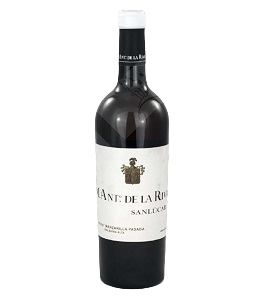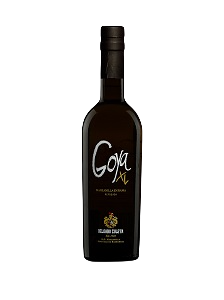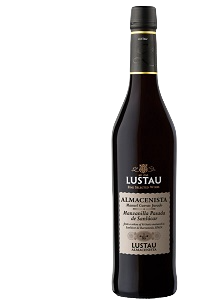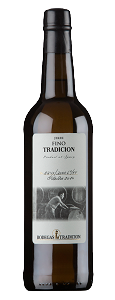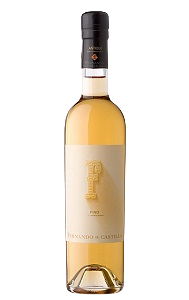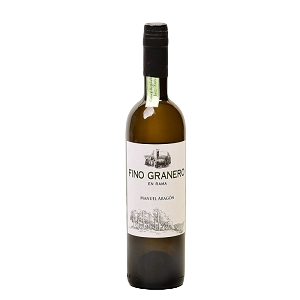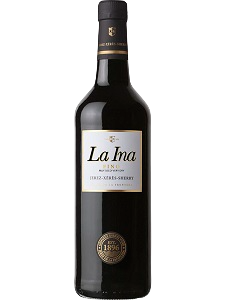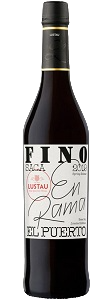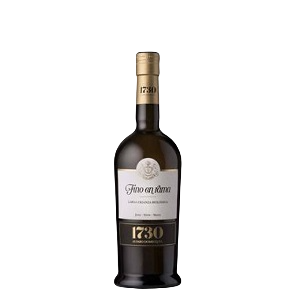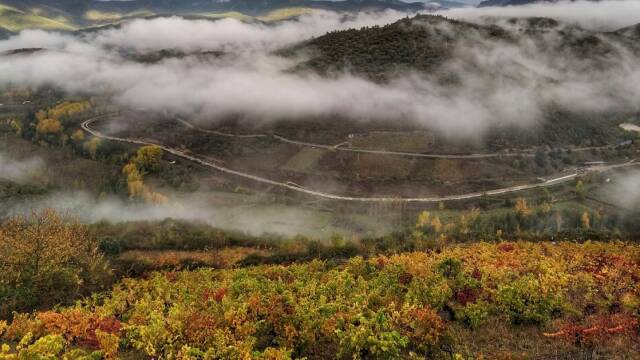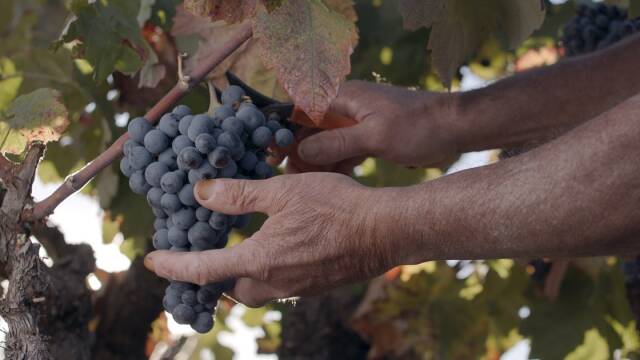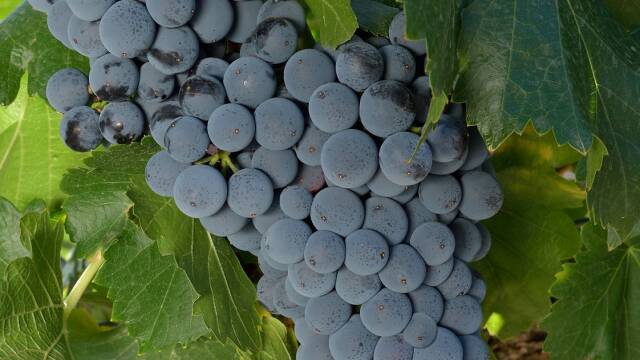Biologically aged wines can be, strangely enough, a secret to many consumers. To some extent it is understandable, because they are complex wines that require a deep explanation, and many prefer to stay on the surface without diving into the aromas and flavours characteristic of this type of wine.
However, we have the other side of the same coin. With any wine lover you talk to, and here we enter the elitist world of wine connoisseurs, if you mention the term "flor" or biological ageing, their mind is instantly blown and their eyes widen like platters.
What is the magic of biological ageing?
The phenomenon of the veil is born from a fungus that settles on the surface of the liquid in a bottle and interacts with the wine that lies beneath. Gonzalo Fernández de Bobadilla described them as "a group of micro-organisms that live on the surface of the wine and which are technically called "velo" (veil). As Manuel Mª González Gordon rightly analyses in his exceptional book "Jerez-Xarez-Sherish" published in 1935, "when the formation of the veil begins, white spots are observed, which later become larger spots, with their irregular contours, resembling small flowers swimming on the wine, hence the name "Flor" (flower). These spots become larger and larger until they form a continuous whole with the appearance of a thin, faint white veil.
This biological cloud keeps the wine protected from oxidation, as it acts as a barrier so that oxygen does not reach the wine. At least at the times when it is strongest, as this veil has a life span of varying degrees of intensity, with the most intense periods being spring and summer. What this whitish layer is actually doing in the wine is capturing ethanol molecules and combining them with oxygen, giving rise to acetaldehyde, with which the resulting wine changes in all its fundamental aspects, aroma and taste
But the best way to understand these wines is glass in hand, so we bring you some of the best organic aged wines that we have tasted recently as part of the Peñín Guide 2023 tastings. All these tastings can be consulted by our premium users by clicking here. If you are not yet a premium member, you can upgrade your account by clicking here. Ready to travel through the exciting world of organic ageing.
The best manzanillas tasted this year

 Log in
Log in



